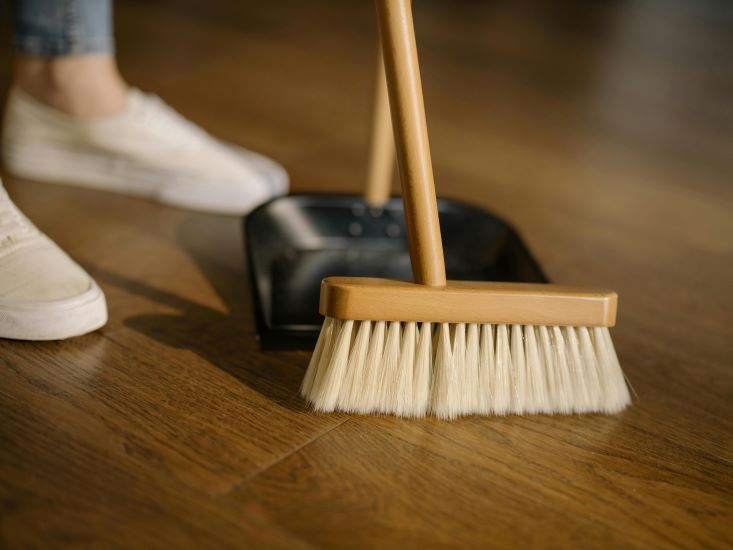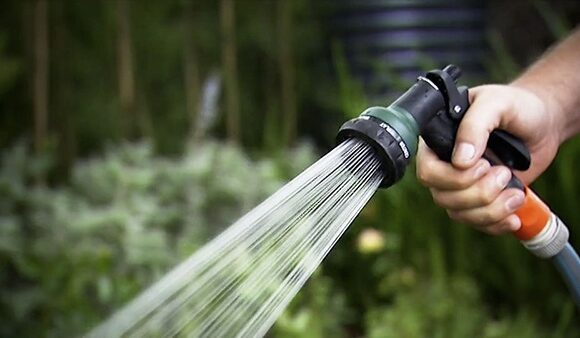Why Use Brooms Like in India Rather Than Vacuum Cleaners

In many parts of India, traditional brooms made of natural materials like coconut palm leaves or grass are still widely used for cleaning floors, both indoors and outdoors. While vacuum cleaners are available and used in some urban households, the preference for brooms persists for several reasons. Let’s explore why brooms are still preferred over vacuum cleaners in many Indian households:
1. Cost-Effectiveness: One of the primary reasons for the continued use of brooms is their affordability. Traditional brooms are inexpensive and readily available, making them accessible to households across various income levels. In contrast, vacuum cleaners can be expensive to purchase and maintain, especially for households on a tight budget.
2. Accessibility: In rural areas and smaller towns where access to electricity may be limited or unreliable, vacuum cleaners may not be a practical option. Brooms require no electricity and can be used anytime and anywhere, making them a more accessible cleaning tool for households in these areas.
3. Versatility: Brooms are versatile cleaning tools that can be used on a variety of surfaces, including tile, wood, and concrete. They are effective at sweeping away dust, dirt, and debris from floors, corners, and hard-to-reach areas. Additionally, brooms can be used outdoors to sweep leaves and debris from driveways, courtyards, and garden paths.
4. Cultural and Traditional Significance: The use of brooms in Indian households is deeply rooted in tradition and culture. For many families, sweeping the floors with a broom is a daily ritual that symbolizes cleanliness, order, and domestic harmony. Brooms are also used during religious ceremonies and festivals for purification purposes, further cementing their cultural significance.
5. Environmental Considerations: Unlike vacuum cleaners, which require electricity to operate and may contribute to energy consumption and environmental pollution, brooms have minimal environmental impact. They are made from natural, biodegradable materials and do not produce any emissions during use. As a result, brooms are often seen as a more eco-friendly cleaning option.
6. Physical Activity: Using a broom for cleaning provides a form of physical activity and exercise, as it requires bending, stretching, and sweeping motions. Many people view sweeping as a way to stay active and maintain mobility, especially among older adults who may find vacuum cleaners cumbersome or difficult to use.
7. Cultural Preference: Finally, the preference for brooms over vacuum cleaners may simply be a matter of personal preference and cultural norms. In many Indian households, brooms have been used for generations, and there is a sense of familiarity and comfort associated with them that may outweigh the perceived advantages of vacuum cleaners.
Conclusion: While vacuum cleaners offer convenience and efficiency, traditional brooms continue to be a preferred cleaning tool in many Indian households. Their affordability, accessibility, versatility, cultural significance, minimal environmental impact, physical activity benefits, and cultural preference all contribute to their enduring popularity. Whether it’s sweeping away dust or participating in age-old rituals, brooms play an integral role in Indian households and are likely to remain a staple cleaning tool for generations to come.
Picture Courtesy: Google/images are subject to copyright








